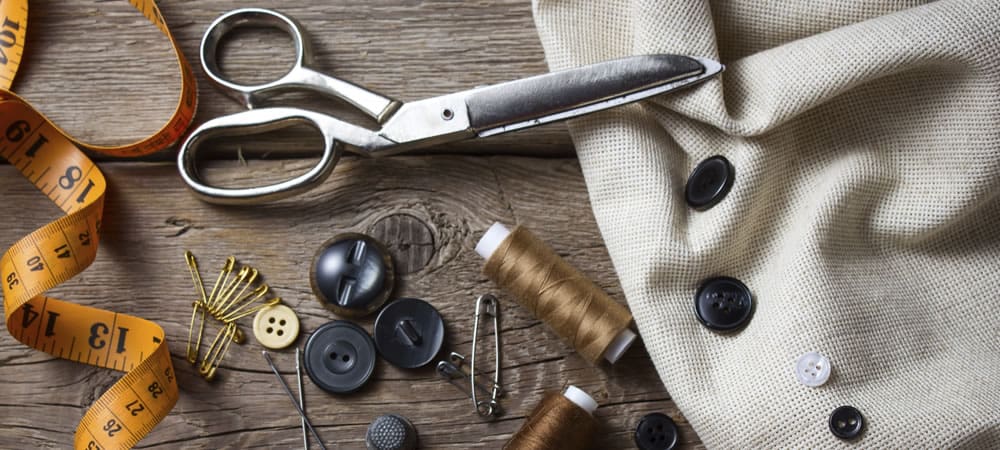Mastering Advanced Pattern-Making for Men's Garments: Jackets, Trousers, and Shirts
Learning advanced pattern-making techniques is crucial if you want to succeed in the fashion industry, particularly in the men’s wear sector. More than simply imagination is needed when designing high-quality coats, pants, and shirts; accuracy, technical know-how, and a thorough understanding of garment structure are all necessary. Whether you’re a student studying fashion design course in Chennai or an aspiring costume designer, mastering these strategies can help you stand out in the field.
Let’s examine in more detail the sophisticated pattern-making methods that can turn your ideas from abstract thoughts into flawlessly fitted clothing.

What Makes a Perfect Jacket? Crafting the Ideal Pattern
Knowing both classic and modern patterns is essential to making the ideal jacket. In addition to defining the silhouette, a well-designed jacket pattern guarantees the finished item’s comfort and style. Gaining proficiency in advanced pattern-making for jackets entails learning how to draft the shoulder slope, chest breadth, and armhole construction.
To begin, make a simple block that will act as your base. Next, modify it to fit the particular style of jacket—a dressy trench coat, a casual bomber, or a fitted blazer, for example. It’s important to pay close attention to the details: the sleeve should fit comfortably around the armhole, the lapels should roll appropriately, and the shoulder seam should line up exactly. Every one of these components is essential to the jacket’s overall fit and style.
Anecdote: I recall my first jacket design, which I created for a customer who desired a fusion of modern and classic styles. Finding a balance between the customized fit and modern features like a narrow profile and minimalistic design proved to be difficult. But I was able to make a jacket that was both fashionable and practical by meticulously modifying the pattern and holding multiple fits, which is evidence of how important accuracy is when creating patterns.
How Do You Achieve the Perfect Fit for Trousers?
To get the ideal fit in pants, one must have a thorough understanding of pattern-making and garment manufacturing. Precise measurements and modifications are crucial. Start with a basic block of trousers and adjust it to fit several styles, such as high-waisted, relaxed, or slim-fitting pants.
Pay attention to factors such as the leg breadth, the seat area, and the rise (the distance from the waistband to the crotch). When necessary, add pleats or darts to improve fit and comfort. To get a unified look, keep in mind that the pants should go well with the jacket and top. For a clean finish, methods like balancing the waistline and aligning the side seams correctly are essential.
Personal Insight: I once worked on a project where the client needed trousers that could transition seamlessly from day to night. By experimenting with different fabric weights and adding a discreet stretch, I was able to create trousers that were both stylish and versatile, highlighting how intricate pattern adjustments can impact the garment’s functionality and style.
What Techniques Ensure a Well-Fitted Shirt?
A well-fitting shirt is a staple of any wardrobe, and creating effective patterns for them requires knowing things like body fit, sleeve lengths, and collar styles. Drafting patterns for various collar designs (such as spread, button-down), sleeve variants (such as set-in, raglan), and modifying the body fit for various silhouettes are examples of advanced shirt pattern-making processes.
Start by taking accurate measurements and using these to draft a basic shirt block. From there, make adjustments based on the desired style—whether it’s a fitted dress shirt or a relaxed casual shirt. Pay special attention to the collar stand and band, as these elements significantly affect the shirt’s overall look and comfort.
Design Tip: For a custom project I worked on, the client requested a shirt with an unusual collar design. By carefully drafting and testing the collar pattern, I was able to achieve a unique look that still maintained functionality and comfort. This experience underscored the importance of flexibility and creativity in pattern-making.

How Does Advanced Pattern-Making Influence Garment Construction?
Cutting-edge pattern-making techniques have a big impact on how clothes are made. Precise designs result in better-fitting and superior final goods. For coats, pants, and shirts, exact pattern modifications guarantee that all the components—seams, linings, and everything—align precisely.
Accuracy and efficiency can be increased by employing methods like making muslins, or sample clothes, for fittings and by utilizing contemporary equipment like CAD software. Designers can produce clothing that satisfies the greatest standards of craftsmanship, expedite the building process, and minimize errors by implementing these cutting-edge techniques.
Sector Perspective: I’ve seen firsthand how digital tools for creating patterns can completely transform the design process. These tools allow for rapid adjustments and provide a clear visual representation of how patterns will translate into finished garments, making it easier to perfect every detail.


